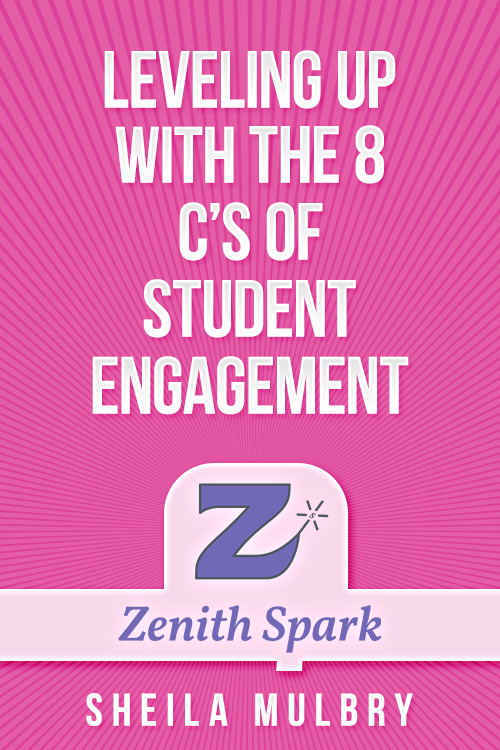It’s no surprise that improved classroom engagement contributes to positive academic outcomes. Studies have shown that students participating in highly engaged classrooms outperform their peers by nearly 30 percent. So how can you create the optimal engaging environment for your students?
1. Identifying Student Drives
The four student drives are Mastery, Understanding, Interpersonal Connection, and Self-Expression. Mastery is the desire to become proficient in a specific area, while Understanding expands on curiosity and comprehending nuances and complex concepts. Interpersonal Connection is the desire to connect with others, and Self-Expression covers creativity and sharing individual ideas.
Renowned Gifted Coordinator Sheila Mulbry is an expert on understanding student engagement. She has specialized in gifted education for the past 20 years, and you can learn more about her area of expertise, examples, and how to successfully engage students in her course Leveling Up with the 8 C’s of Student Engagement.
Sheila explains the three areas of engagement: Affective, Behavioral, and Cognitive. Affective pertains to emotional factors, where engaged students enjoy school, interact positively with others, and work well in groups. Behavioral encompasses students who act appropriately in school, follow directions, and consistently meet expectations. Cognitive covers students who enjoy the subject matter and are eager to learn more.
2. Engagement and Giftedness
The key to successfully engaging your students requires understanding them and their interests first. Not all learners are the same, especially when it comes to gifted students. Teachers may find it more challenging to maintain full engagement from their gifted students, as they often require additional options and increased intellectual stimulation.

Gifted students have a keen ability for abstract thinking. They display intellectual curiosity, independence in work and study, and they’re interested in problem-solving and applying advanced concepts. These children often have an insatiable curiosity as well as spontaneity. Gifted students are passionate about topics and ideas. Sheila stresses that “It’s important to teach them how to express their ideas in a logical way.”
When observing the student drives, gifted students are more frequently found in the Understanding and Self-Expression categories. These areas correlate with gifted students’ intuitive nature. Whereas Mastery and Interpersonal Connection are related more to sensing. Be mindful when teaching a class of diverse students. All areas must be covered while ensuring gifted students’ needs are met, so they’re properly engaged.
3. Fostering Student Engagement
Sheila explains how to effectively engage students of all learning styles. She illustrates how the four student drives connect with the “8 C’s of Student Engagement.” Mastery connects to competition and challenge. Interpersonal Connection relates to cooperation and connections. Understanding is linked to curiosity and controversy.
Finally, Self-Expression is affiliated with choice and creativity. Sheila suggests challenging your students. “We don’t want to give them more of the same,” she explains. “We want to make sure that we’re not just giving them busy work.” You can foster student engagement by understanding how to approach the individual needs of your students and enriching your instructional practices for a more positive learning experience.
Interested in learning more about how you can successfully engage your students? Explore the course demo on Leveling Up with the 8 C’s of Student Engagement today!







